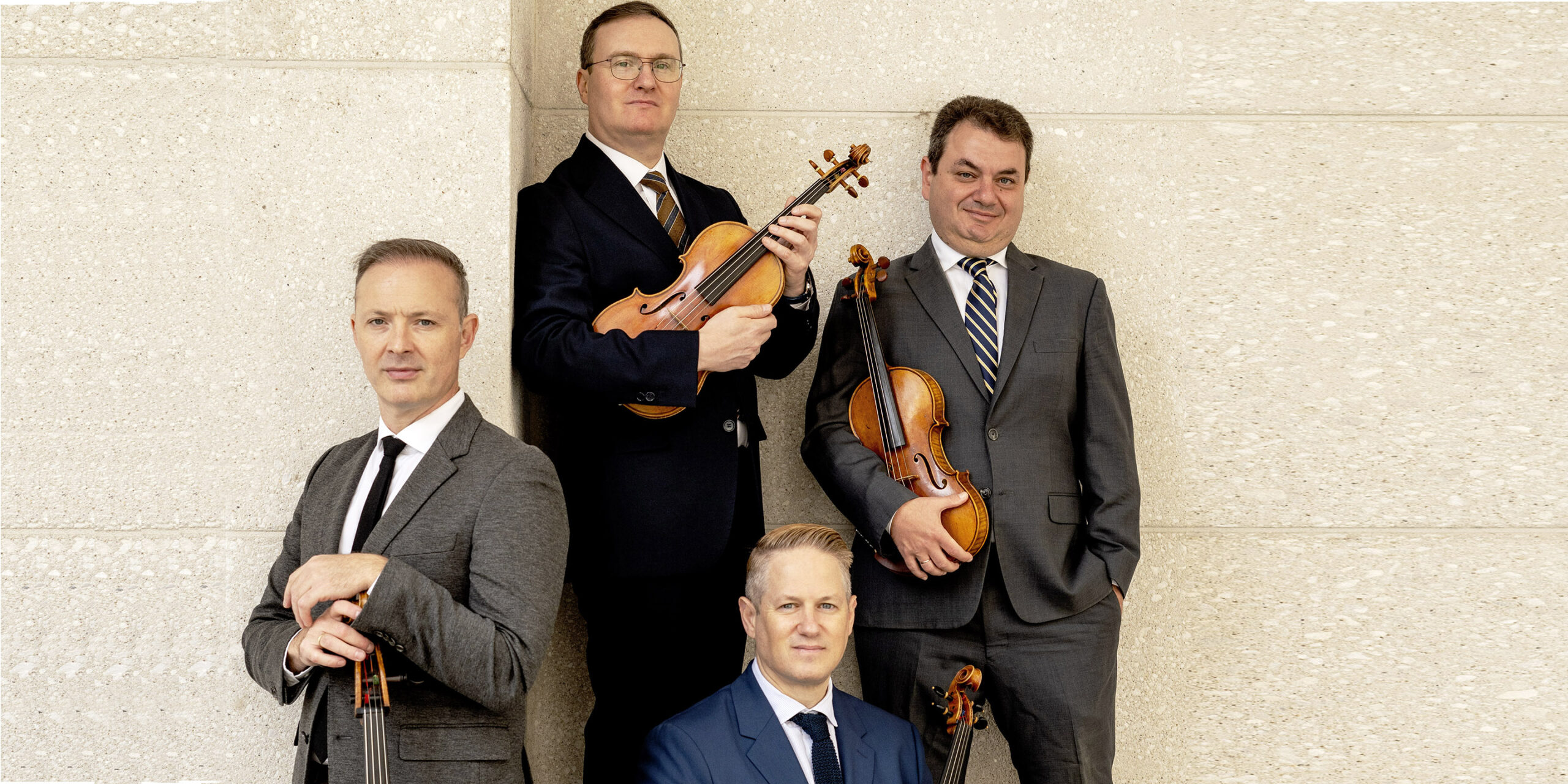Tag: Leos Janacek
-

-

PROGRAM NOTES: CHARLIE ALBRIGHT
Franz Schubert Impromptus Op. 90, Nos. 1-4 The impromptu is just one of a number of small-scale instrumental genres arising in the early 19th century, known under the collective title of “character pieces”. Cultivated by composers of the Romantic era, these pieces present a simple musical idea in an intimate lyrical style with the…
-

PROGRAM NOTES: AUGUSTIN HADELICH
Robert Schumann: Violin sonata No. 1 in A minor, Op. 105 Schumann wrote both of his completed sonatas for violin and piano in 1851. His wife Clara played the piano parts at their public premieres with violinists Ferdinand David (No. 1 in 1852) and Joseph Joachim (No. 2 in 1853). Though frequently recorded, these…


